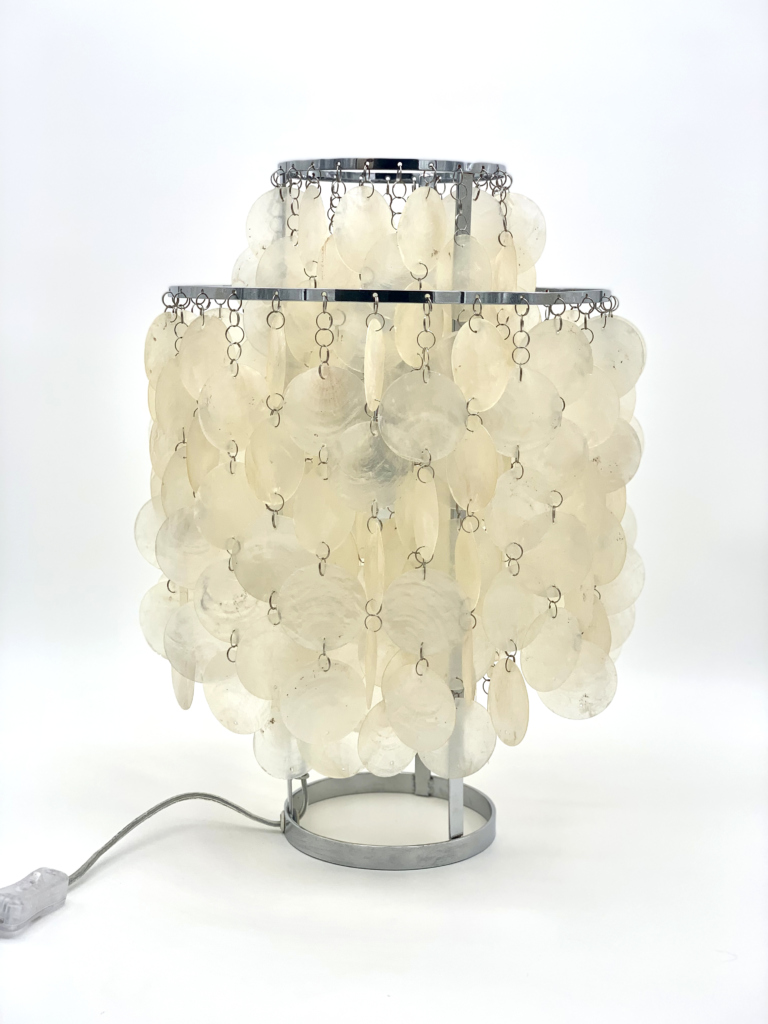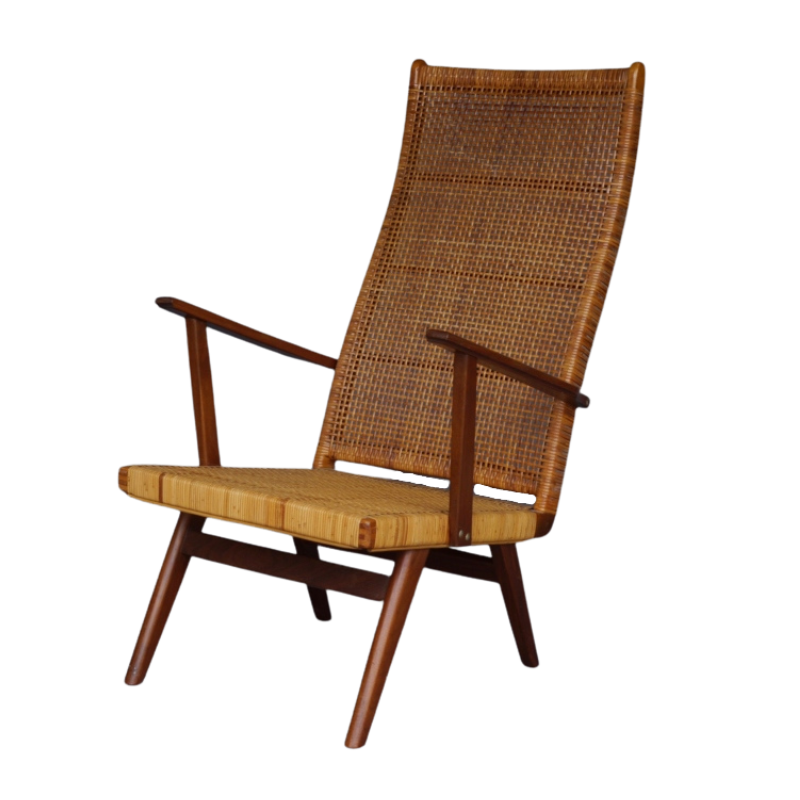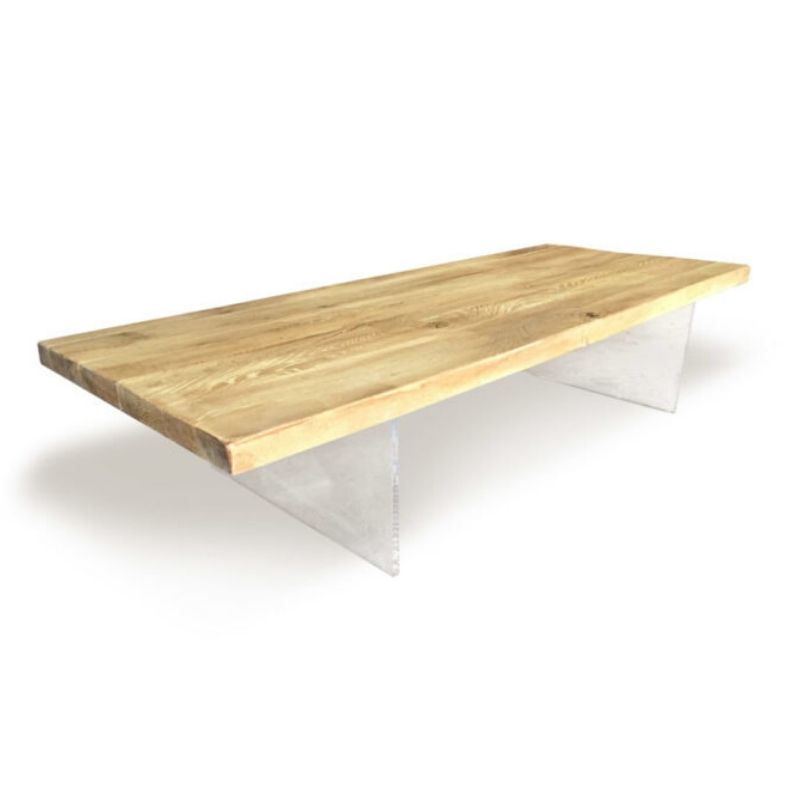It's been said that "attributed to" means "definitely not done by"...
... and that's probably the safest way to interpret it when a furniture dealer says it.
Art historians have a more-or-less formalized set of definitions for "attributed to", "probably by", "school of", "circle of", etc. The Getty's definitions are at the link below, and you can find more information by searching the web for "attribution qualifiers".
http://www.getty.edu/research/publications/electronic_publications/cdwa/...
attribution
Usually when a piece of collectible vintage furniture or object that had no identifying marks or missing its original labels but could be identified from a reliable and reputable source(s) is usually described as "attributed to" someone or manufacturer, something that no one could give an exact identification is usually described as "in the style of" because it looks like the work of someone but it is not guaranteed.
The bottom line is to really know what you are interested in and the more information you know and references you have the better your chances are of acquiring the real thing. I've had instances when I knew more about a piece than the dealer selling it and even with a missing label, I ended up with an original pedigreed piece for the price of a Big Mac. Also, acquire pieces that you like (within your means of course or in my case below my means) because it pleases you, enriches your life and you really have a use or purpose for it as oppose to acquiring stuff based on labels, attribution and pedigree or just to keep up with the Joneses.
Attributions - A fact of life
Hi
Attributions are definitely a standard practice within any collecting community and auction house. An attribution is as close as you will get to having a piece authenticated other than it carrying a signature, lable, etched mark or alike. It takes a great deal of background knowledge abou either a particular designer, genre or collecting field. With our business, the area of Murano Glass is one such field where attributions are quite common as most pieces in the early days carried a paper lable, which is lost over time. There are so many designer such as Tapio Wirkala and Paolo Venini who created iconic pieces, most of which are easily attributed to them by design, size and many more other identifying factors. Atributions are definitely a standard practice but can be a mine field when it comes to a piece being auctioned that could command a premium price.
Dean
If you need any help, please contact us at – info@designaddict.com









